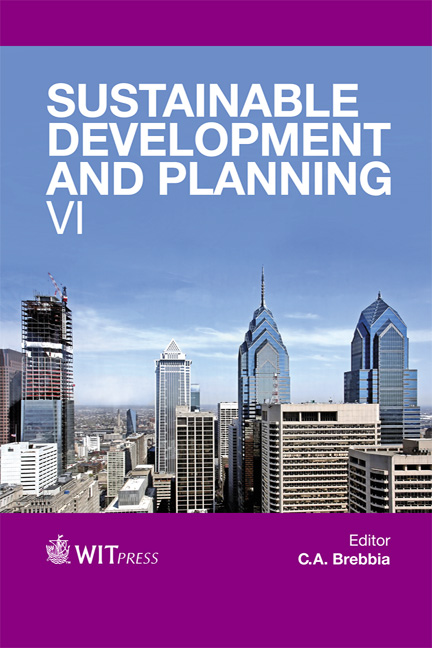Identifying Social-ecological Couplings For Regional Sustainability In A Rapidly Urbanizing Water-limited Area Of Western Canada
Price
Free (open access)
Transaction
Volume
173
Pages
17
Page Range
175 - 191
Published
2013
Size
1674 kb
Paper DOI
10.2495/SDP130151
Copyright
WIT Press
Author(s)
M. E. Tyler, M. S. Quinn
Abstract
Regional planning for sustainability is predicated on an ability to create and maintain resilient social-ecological systems that are adaptable in the face of surprise and change. One of the central challenges is to understand, articulate and manage the connections between social systems and the physical environment. Over the last fifty years economic ‘booms’ associated with abundant oil and gas resources have driven rapid regional population growth and large scale landscape change in the Calgary region. However, the region is a semi-arid and temperate area where growth-related land use planning is quite literally water dependent. Climate change modeling suggests even warmer and drier conditions in the region making the critical relationship between land-use and water increasingly acute. A voluntary regional partnership of local municipal governments has emerged over the past six years to address common land use planning concerns emerging from the rapid anthropogenic and natural changes affecting the region. In this paper we explore some of the critical social-ecological couplings that have emerged as drivers for sustainability and resilience in the Calgary region of southwestern Alberta, Canada. We posit critical social-ecological and spatial couplings involving: 1) the intersection of built infrastructure (transportation, irrigation and utility corridors) and ecological infrastructure (landscape connectivity), and 2) regional ecohydrology and human water use.
Keywords
social-ecological systems (SES), coupled human and natural systems (CHANS), resilience, regional planning, sustainability, ecohydrology





